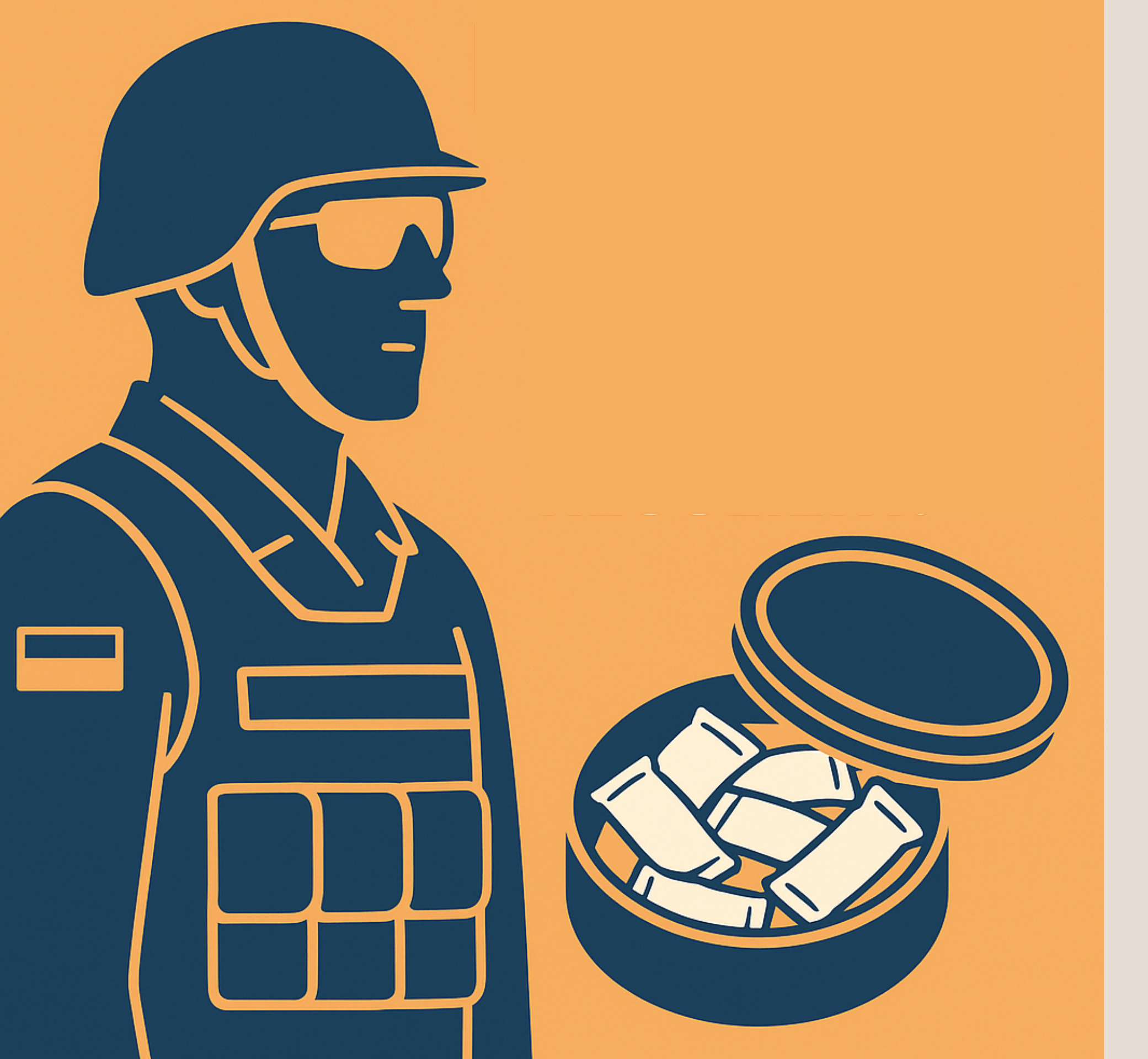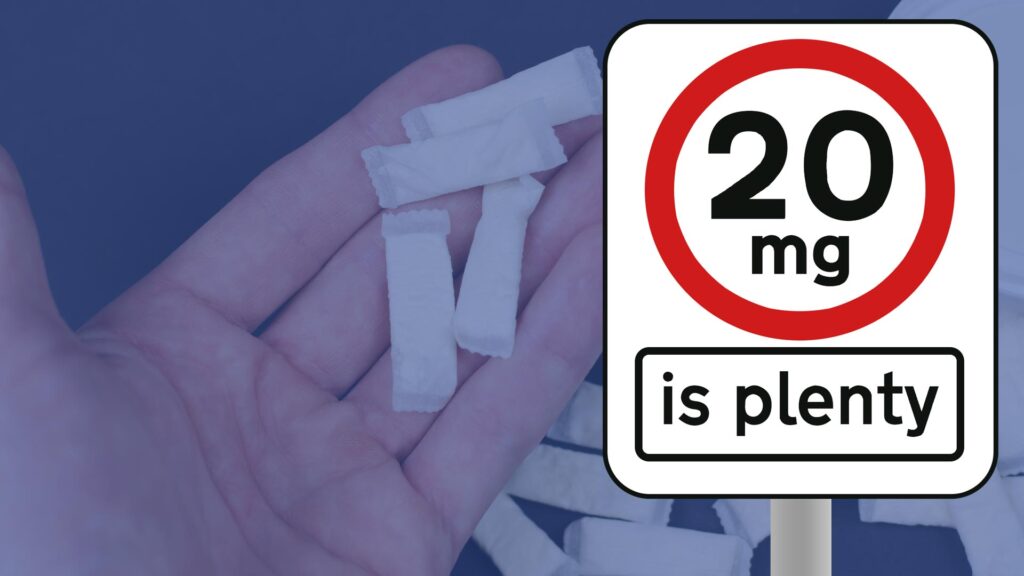Endast en kan bli framtiden för ett säkrare nikotin – och vetenskapen talar
Nikotinpåsar vs snus: Vilket är säkrare – och varför det spelar roll
I en värld av tobaksreducering nämns ofta snus- och nikotinpåsar i samma andetag. Båda är rökfria, båda sitter diskret under din läpp – och båda är mil säkrare än att röka. Men de är inte samma sak, och skillnaden är viktig.
Snus: En beprövad livräddare
Låt oss börja med snus. Denna svenska uppfinning är en fuktig muntobaksprodukt som tyst har räddat liv i decennier. Till skillnad från cigaretter brinner det inte, vilket innebär ingen rök, ingen tjära och mycket färre gifter. Enligt 2019 studera "Snus: Ett övertygande skadereducerande alternativ till cigaretter", länder som Sverige, där snus används flitigt, har några av de lägsta frekvenserna av rökrelaterade sjukdomar i Europa, inklusive lungcancer och hjärtsjukdomar.
Snus förtjänar en enorm beröm – det har bidragit till att göra Sverige till världsledande inom tobaksreducering. Faktum är att, tack vare alternativ som snus, den dagliga rökfrekvensen i Sverige tappade att bara 5.4% 2024, den lägsta i EU.
Som sagt, snus innehåller fortfarande tobak – och med det, vissa skadliga föreningar. De främsta bland dem är TSNA (tobaksspecifika nitrosaminer), såsom NNN och NNK. Medan moderna snusprodukter drastiskt har minskat dessa nivåer av skadliga föreningar (ofta under de strikta GothiaTek-standarderna), är risken inte noll.
Ange: Nikotinpåsar
Nikotinpåsar är nästa generation. De ser ut som snusar, känns som snusar – men det är de tobaksfri. Och den enda skillnaden gör hela skillnaden. Utan tobak eliminerar nikotinpåsar inte bara förbränning – de eliminerar källan till många kvarvarande gifter som finns även i lågriskprodukter som snus. Det betyder ingen tjära, inga tobaksspecifika nitrosaminer (TSNA), inga tungmetaller och inga polycykliska aromatiska kolväten (PAH).
En kemikalie från 2021 analys (O'Connor et al.) från flera ledande påsmärken fann att nikotinpåsar innehåller drastiskt färre giftämnen än både cigaretter och snus. Av de 43 skadliga eller potentiellt skadliga beståndsdelarna (HPHC) som vanligtvis är kopplade till tobaksprodukter, var de flesta helt oupptäckbar i påsar – och de som hittades förekom endast i spårnivåer.
Nikotinpåsar upptar lägsta steget på exponeringsstegen för giftiga ämnen bland moderna nikotinprodukter. Utan tobaksblad, ingen förbränning och ultrarena formuleringar erbjuder de rökare och användare av andra orala tobaksprodukter ett säkrare, smartare steg mot skademinskning.
Vad säger vetenskapen om risk?
Enligt Multikriteriebeslutet Analys (MCDA) ram från en landmärke 2014 studie, fann experter att snus är runt 95% mindre skadligt än rökning. Det är en enorm vinst för skademinskning.
Och medan nikotinpåsar ännu inte fanns på marknaden vid den tiden, så var deras tobaksfri sammansättning och ultralåga giftiga halter föreslår att de kan vara ett ännu säkrare alternativ – potentiellt placera dem i den allra lägsta änden av riskspektrumet för nikotinprodukter.
Så vad är det egentligen i en nikotinpåse? Förvånansvärt lite. Varje påse innehåller nikotin (vanligtvis i saltform som hjälper din kropp att absorbera det smidigt), växtbaserade fibrer (för att ge påsen dess mjuka form), en liten mängd livsmedelssäkert sötningsmedel, smaksättning (som mynta eller bär), och en pH-balanserare (för att hjälpa nikotinet att göra sitt jobb). Det är allt.
Den slutliga domen
Det uppenbara: nikotinpåsar är tobaksfria. Ingen tobak betyder inga TSNA, inga förbränningsbiprodukter och inga spår av de skadliga kemikalier som fortfarande finns i även de renaste formerna av rökfri tobak som snus.
Ja, vi har inte 30 år av långtidsepidemiologiska data – ännu. Men vi väntade inte så länge med att inse fördelarna med snus, och vi borde inte vänta nu. Vi vet redan tillräckligt: påsar är byggda på allt som gjorde snus en succé, men med färre giftiga ämnen, ingen tobak och mer innovation.
Låt oss ge människor ett val. Låt marknaden utvecklas. Om någon vill ha snus borde den möjligheten finnas. Men om en person föredrar något tobaksfritt, diskret och potentiellt ännu säkrare – låt dem också välja.



